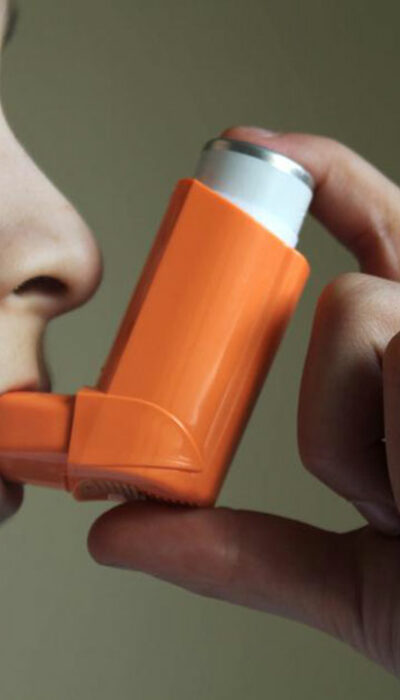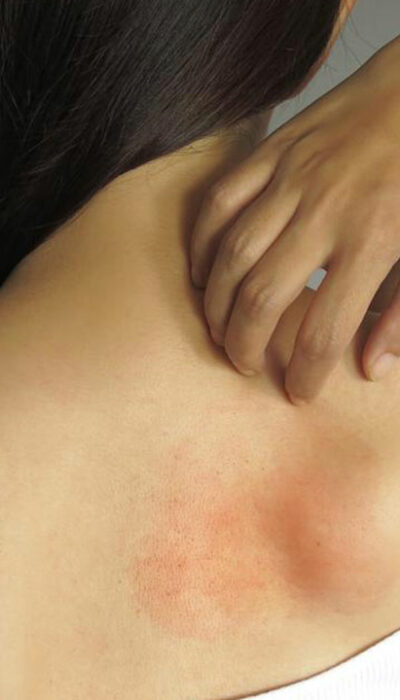
Best Eye Drops in the Market for Pink Eye
Pink eye or conjunctivitis is probably the most common infection to affect the eyes. This condition can affect children, men, and women of all ages. It is highly contagious but also easily treatable. Before we get into the best eye drops for pink eye, it is necessary to understand the condition and the factors that cause it. What is pink eye? Pink eye refers to the inflammation of the conjunctiva or the thin layer that covers the inside of the eyelids and the white of the eyes. Though this layer appears transparent, it contains blood vessels. Due to infections, these blood vessels may dilate, making the eyes red and bloodshot. When people speak of pink eye, they usually mean viral conjunctivitis. However, several factors may cause pink eye. Hence, the eye drops that one will use to treat pink eye will also vary. Viral conjunctivitis is highly contagious and usually clears up on its own. On the other hand, bacterial conjunctivitis can cause severe damage if left untreated. Pink eye may also be the result of seasonal allergies to pollen, dust, and animal dander, among others. Eye drops for pink eye caused by viral infections Viral conjunctivitis usually does not require prescription medication. However, the patient may use over-the-counter eye drops and topical antihistamines to get relief from the inflammation and redness. Two common eye drops advised by doctors are Naphcon-A and Ocuhist. However, before using these, it is safer to visit a doctor to understand the right medicine for your condition. Eye drops for pink eye caused by bacterial infections One should never ignore bacterial pink eye as it can cause permanent damage. Usually, ophthalmic antibiotics are used to treat this condition. These antibiotics may be in the form of a topical cream or eye drops. The best eye drops for pink eye caused by a bacterial infection are:










